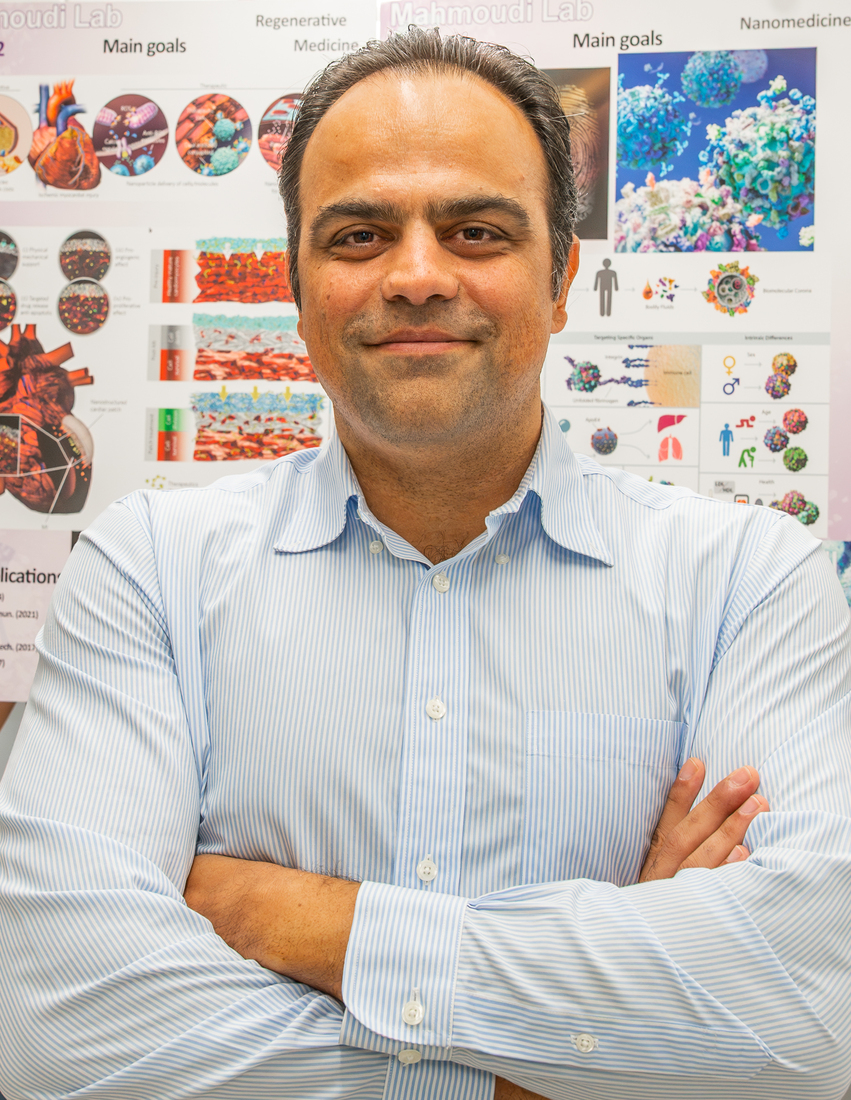Micro- and Nanoplastics Monitoring and Modeling
Microplastics are plastic particles typically smaller than 5 millimeters, while nano-plastics are even smaller, typically less than 1 micrometer at least in one dimension. These particles originate from the breakdown of larger plastics or are manufactured intentionally for industrial and consumer applications. Due to their small size, they can persist indefinitely and travel freely across air, water, soil, and living organisms.
Present Issues
In recent years, the proliferation of micro- and nano-plastics has emerged as a critical environmental challenge. These tiny plastic particles are now pervasive in oceans, freshwater systems, and terrestrial environments. Their small size enables them to be ingested by a wide range of marine and terrestrial organisms, posing significant risks to both ecosystems and human health.
- Environmental Persistence: Found in oceans, rivers, agricultural soils, the atmosphere, and even Arctic ice cores.
- Food Chain Contamination: Bioaccumulate through ecosystems and are now present in human food and drinking water.
- Human Health Risks: Linked to reproductive, cardiovascular, respiratory, and even behavioral health issues; nano plastics can cross important biological barriers including the placenta and blood–brain barrier.
- Agricultural Impacts: Disrupt nutrient cycling, reduce crop yields, and interfere with photosynthesis, threatening food security.
Our Research Focus
We are advancing monitoring and modeling techniques to better understand the distribution, sources, and environmental and health impacts of micro- and nano- plastics.
- Accurate Detection & Quantification: Developing sensitive tools for tracking these particles in complex environments.
- Predictive Modeling: Identifying trends and potential contamination hotspots.
- Policy & Mitigation: Informing decision-making, building effective strategies, and raising awareness of the need to address plastic pollution at its source.
Our goal is to contribute to a cleaner, healthier planet through rigorous science and innovative technologies that directly tackle micro- and nano- plastic pollution.
Why It Matters
Micro- and nano- plastics are one of the most pressing emerging contaminants of the 21st century. As global plastic production continues to rise, so will its environmental and health impacts.
Addressing this issue requires interdisciplinary collaboration across environmental science, toxicology, nanotechnology, biomedical engineering, microbiology, and public health to translate research into real-world solutions.
Team Leadership
Team Lead:

Dr. Mahmoudi is an Associate Professor in the Department of Radiology and the Precision Health Program at Michigan State University. He received his graduate and postgraduate training from Sharif University of Technology (Iran), University College Dublin (Ireland), École Polytechnique Fédérale de Lausanne (Switzerland), the University of Illinois at Urbana-Champaign, and Stanford School of Medicine. Prior to joining Michigan State University, he was an Assistant Professor at Harvard University. According to Clarivate Analytics, he is among the Highly Cited Researchers for the years 2018 and 2020–2024.
Partners:

Dr. Pakpour is a faculty member at the University of British Columbia whose research examines how environmental exposures shape the human microbiome and influence health outcomes. Her work investigates diverse stressors—including airborne micro- and nanoplastics (MNPs)—as drivers of immune, neurological, and infectious disease risks. By examining how airborne MNPs affect human health at the cellular, individual, and community levels, she aims to build the scientific foundation needed for innovative strategies that mitigate exposure and protect population well-being.

Dr. Grant is a Professor of Chemistry at the University of British Columbia in Vancouver. He has pioneered advanced methods of optical detection for single-particle analysis, leading a team of graduate students and postdocs with extensive experience building instrumental measurement hardware linked to robust machine learning protocols for data processing and analysis. This group performs original research integrating optical and electronic elements to form novel hardware and develops data processing routines necessary to transform these instruments into high-throughput measuring machines that can accurately assess microplastic burdens in soils and aqueous environments. They have established a strong working relationship with the technical team at Miraterra Technologies, who have successfully brought sophisticated instruments to market, incorporating multi-laser implementations of Raman spectroscopy for the analysis of farmland soils.
Collaborative Vision
Together, we explore the multifaceted risks of micro- and nano- plastics—from molecular mechanisms to population-wide impacts. This integrated approach:
- Advances the fundamental science of micro- and nano- plastics’ pollution
- Links plastic interactions with biosystems to real-world health outcomes
- Produces actionable insights for policymakers, healthcare professionals, and communities
Their shared vision is to develop evidence-based strategies that reduce exposure, safeguard ecosystems, and protect human health for generations to come.
PUBLICATIONS
Dr. Mahmoudi:
https://pubs.acs.org/doi/full/10.1021/acsomega.4c06166
https://pubs.acs.org/doi/abs/10.1021/acssensors.5b00014
https://pubs.rsc.org/en/content/articlelanding/2015/nr/c4nr00580e/unauth
Dr. Pakpour:
https://www.sciencedirect.com/science/article/pii/S030438942400596X
https://www.mdpi.com/1420-3049/25/3/474
https://pubs.rsc.org/en/content/articlelanding/2015/nr/c4nr00580e/unauth




 Print
Print Email
Email